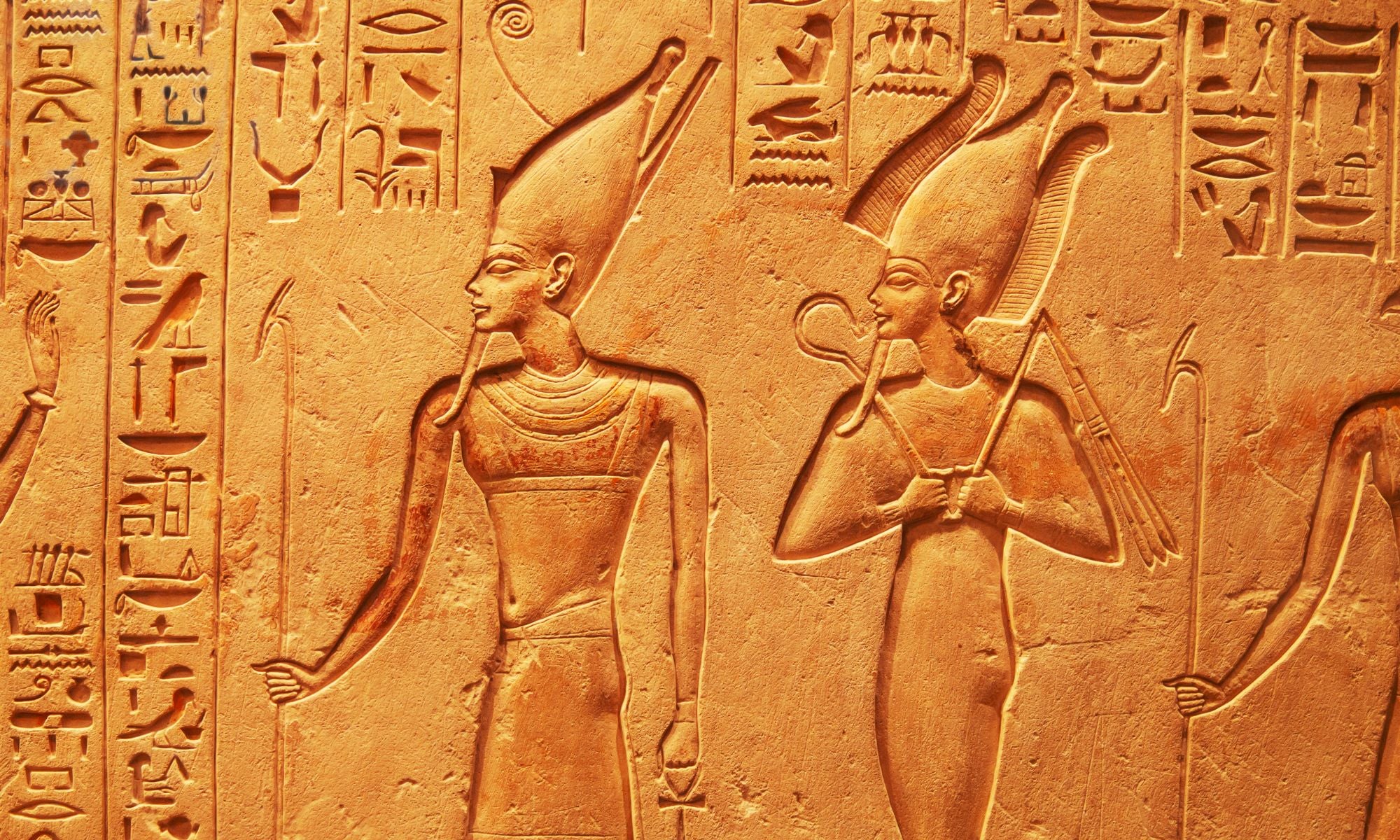
A Fascinating Look at the History of Enemas and How They are Used Today
Enemas are a centuries-old practice that has been used worldwide for medical and spiritual purposes. From ancient Egypt to modern times, enemas have been used to cleanse and detoxify the colon, as well as to treat a variety of medical conditions. In this article, we'll look at the definition of an enema, its history and uses in human health and wellness, and how it is administered today. It was often used as a laxative.
The Ancient History of Enemas & What We Know About Their Use in Ancient Times
Enemas have been used for centuries, with records dating back to ancient Egypt. Today, enemas are used as a medical device to cleanse the colon and treat various conditions. In addition to traditional medical applications, modern-day enemas are also used as a holistic approach to health and well-being. The word enema derives from the Greek noun "Ión," meaning "to pour."
The ancient Greeks used enemas to clean the body, which was a ritual in their civilization. In modern times, the term enema has come to be associated with cleansing or purging the bowel. The ancient Greeks used enemas to clean the body, which was a ritual in their civilization. In modern times, the term enema has come to be associated with cleansing or purging the bowel.
The ancient Egyptians performed enemas as a cleansing method to help purify the body of toxins. They used them to help lower blood pressure, regulate bowel movements, clear kidneys, and assist digestion. In Europe, castor oil was used to soothe skin and hair, soften leather, and increase dye life. In the late 1800s, castor oil was widely used as a remedy for intestinal worms. It is still used in some countries today to treat gastrointestinal problems.
Castor oil is an incredibly versatile and powerful natural remedy. It has long been used as a folk remedy to treat skin conditions, digestive issues, constipation, and even hair loss. Its unique composition makes it ideal for topical applications due to its anti-inflammatory and antibacterial properties. Additionally, castor oil can be used for cleaning or making natural soaps and detergents. With its many uses and benefits, castor oil is essential for any home's medicine cabinet.
Enemas have a long history of use in traditional medical treatments, with evidence of ancient enema use found in cultures around the world. In many societies, enemas were used to remedy digestive issues and flush out toxins.
In the 18th century in America, Dr. John Harvey Kellogg advocated for its use in cleansing the colon when people had constipation problems or used laxatives like oatmeal or bran mashes too often.
Enemas: How They Have Changed Over Time

Today, enemas are still used in modern medical practices to help relieve constipation and even deliver medication directly to the bloodstream. The initial process of an enema begins with inserting a tube or nozzle into the rectum. This inlet is connected to a bag of fluid, which is either inserted by hand or via tubing. The fluid used can be water, saline solution, milk, mineral oil, or glycerine. The liquid goes through the tube and into the colon. Some people may also use an orally administered laxative as part of their enema routine. Used as a remedy for digestive issues and to flush out toxins.
Enemas are a powerful tool for maintaining digestive health and flushing out toxins. Some people utilize an oral laxative as part of their enema regimen, whereas others may find a manual or enema bag more successful. Regardless of which method is used, it's essential to understand the potential benefits and risks associated with enemas to ensure they are used safely and effectively.
Enemas have been used for centuries to flush out toxins from the body, but in recent years, their application has become more popular. Knowing the possible advantages and disadvantages of the different enema techniques is essential. Individuals can use enemas safely and effectively for therapeutic purposes by understanding these potential benefits and risks.
The Controversy Surrounding the Use of Enemas & Common Misconceptions
Enemas have been used for centuries to relieve constipation and cleanse the body of toxins. While there are many benefits to using an enema, it’s important to understand the risks associated with this procedure before attempting it at home.
This section will discuss the dangers of using an enema and some home remedies that can be used with an enema without any risk. Doing an enema involves a risk of toxicity, bowel perforation, and bleeding. The risk of toxic effects is based on the type of solution used, solution strength (volume), and the person's health status.
For example, someone with a history of heart disease or taking blood-thinning medications should not use an enema because the risk of complications from this procedure is too high. Signs that show when someone may have toxic effects from an enema include headache; nausea or vomiting; stomach cramps; dizziness; lightheadedness; shortness of breath.
Unfortunately, it can be challenging to know how long the water you are taking in will last, so trying various amounts of fluid or time may help determine what is best for you. The most common amount is 8 ounces of fluid every 15 minutes (for example, reaching 8 ounces after 4 hours).
Conclusion:
Enemas are a safe, albeit sometimes uncomfortable, way to manage constipation or cleanse the colon. Even though enemas are usually safe and helpful in some situations, only some people need to do them regularly.
It is important to discuss any concerns you have about the procedure with your doctor before undergoing an enema. Consulting a physician can help ensure you get the most benefit from your enema and avoid potential risks.











